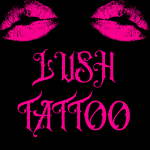Tribal Tattoo
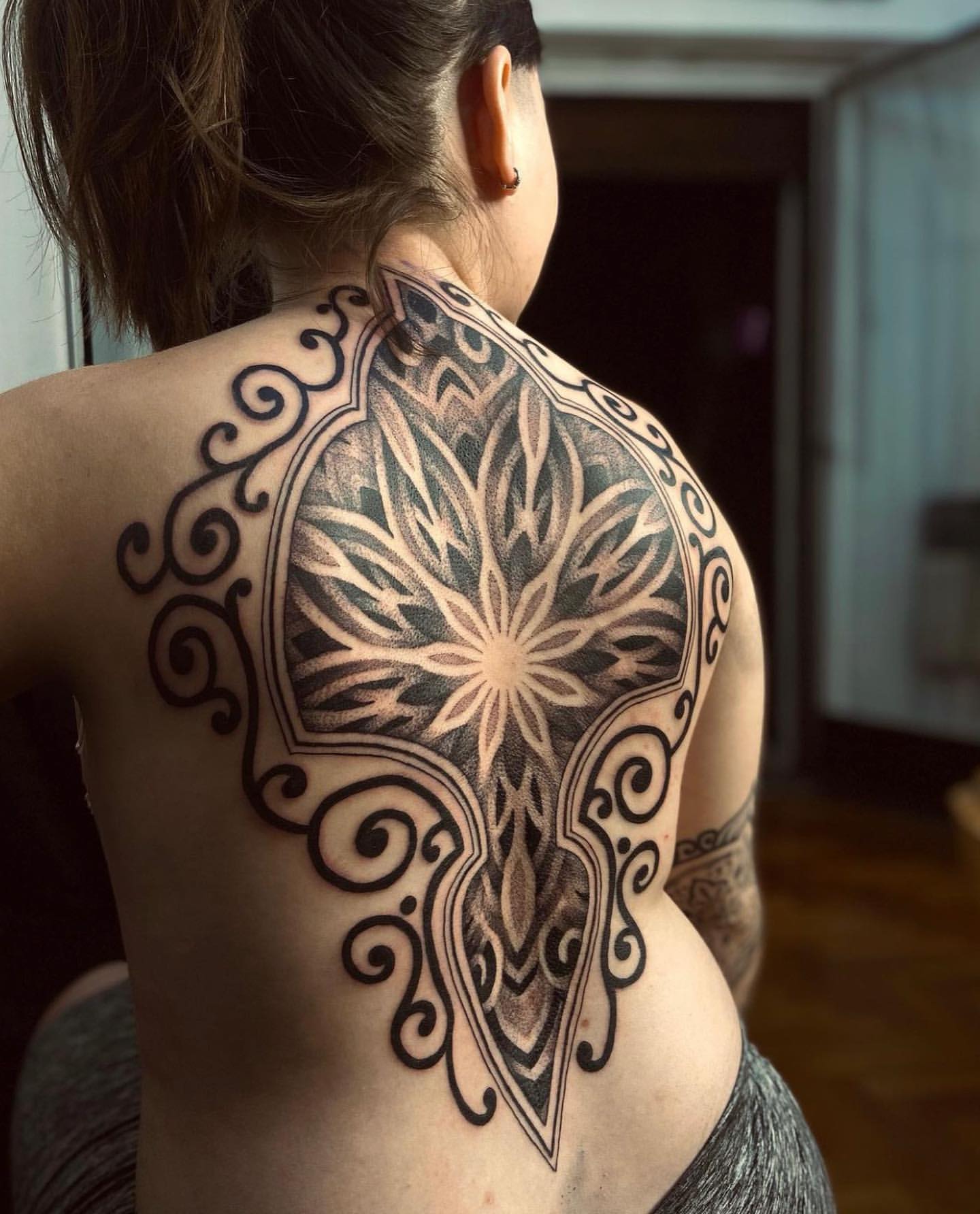
Imagine a world where art speaks louder than words, where the intricate designs etched on your skin tell stories of heritage and connection. Enter the realm of the tribal tattoo, an ancient form of body art that has stood the test of time. From bold lines to geometric patterns, each mark possesses a unique significance, representing the culture and beliefs of those who wear them. Join us as we explore the rich history and enduring allure of tribal tattoos, unearthing the hidden meanings behind these captivating symbols.
Amazing Tribal Tattoo Pictures (Please Pin Your Favorites)

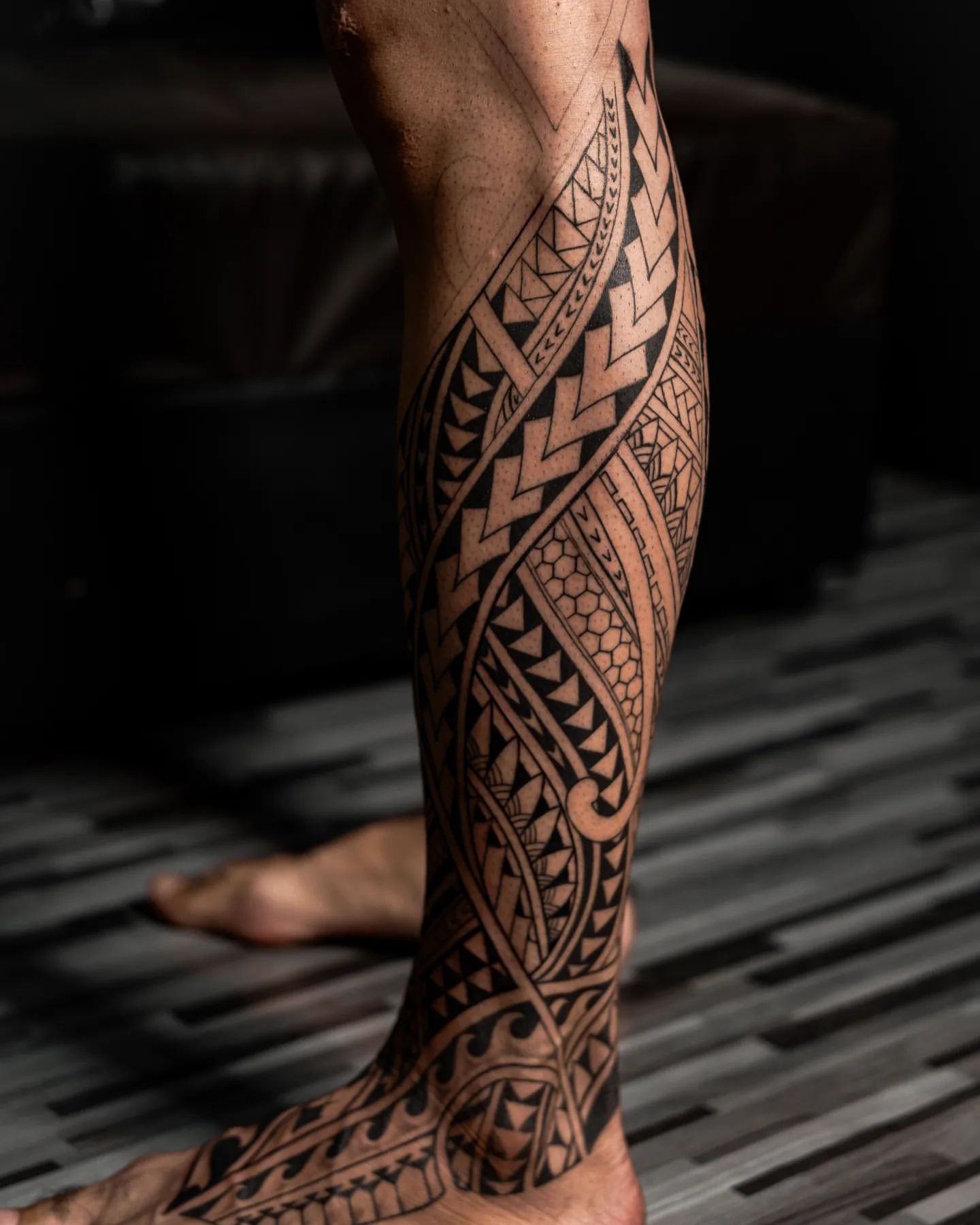
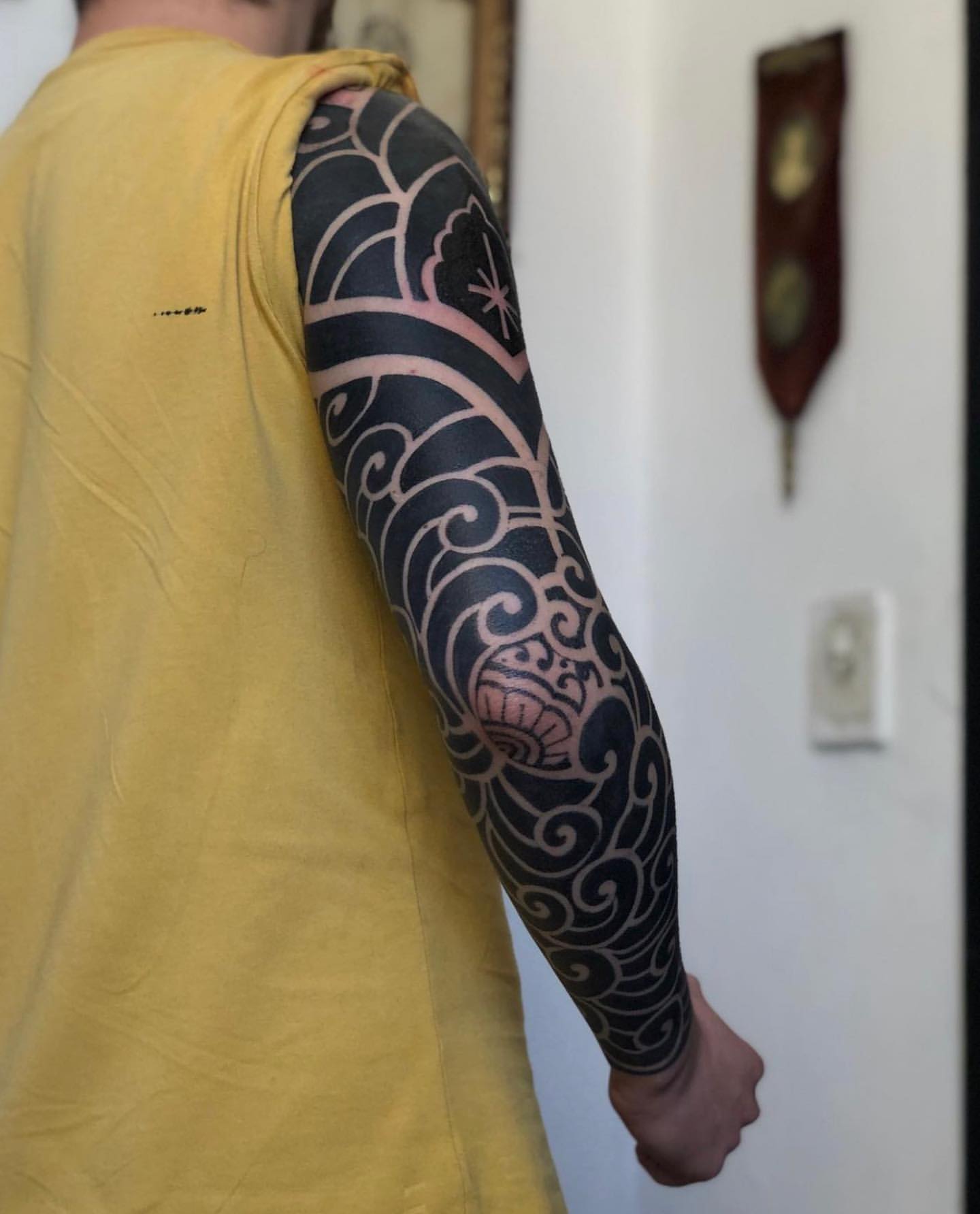

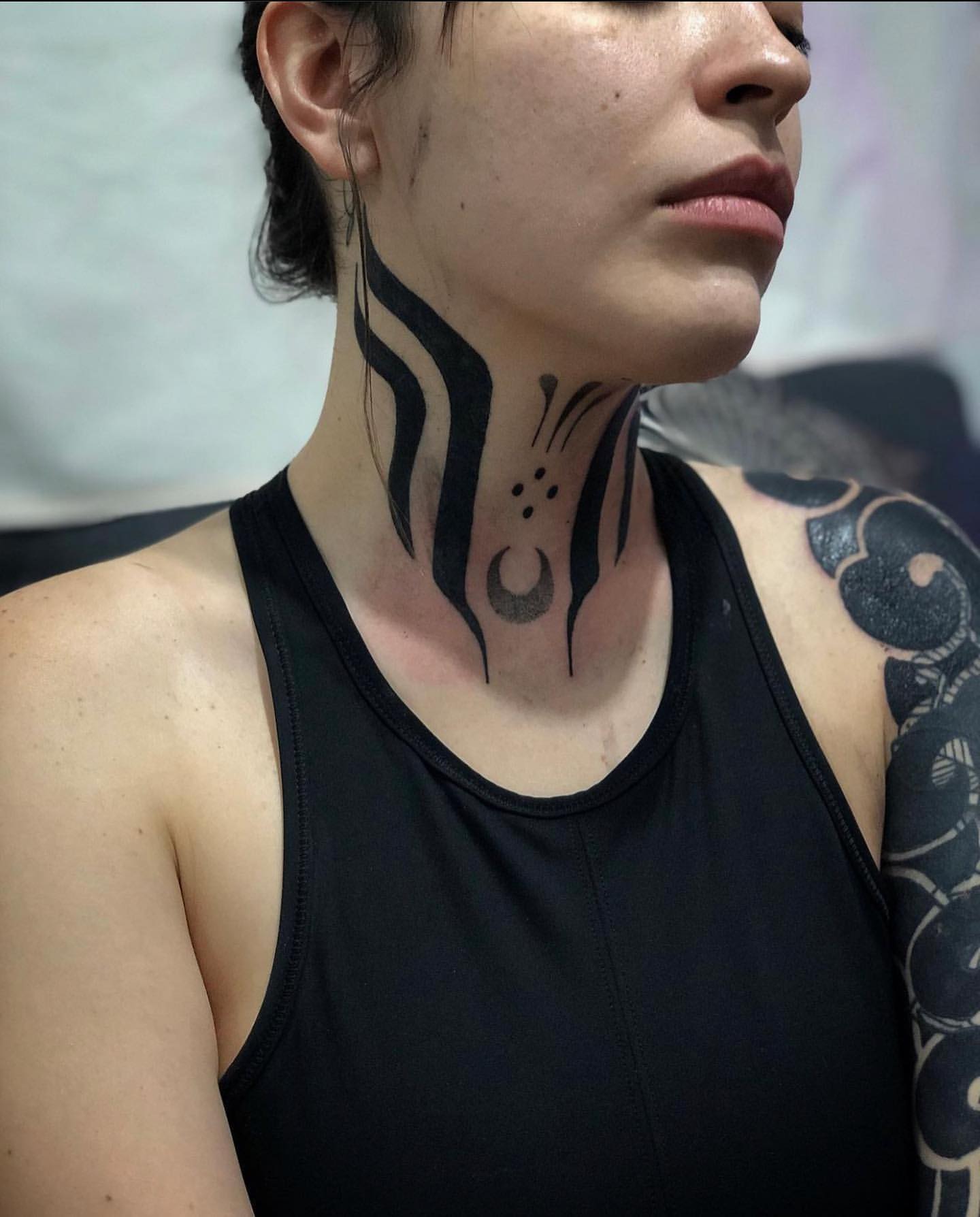
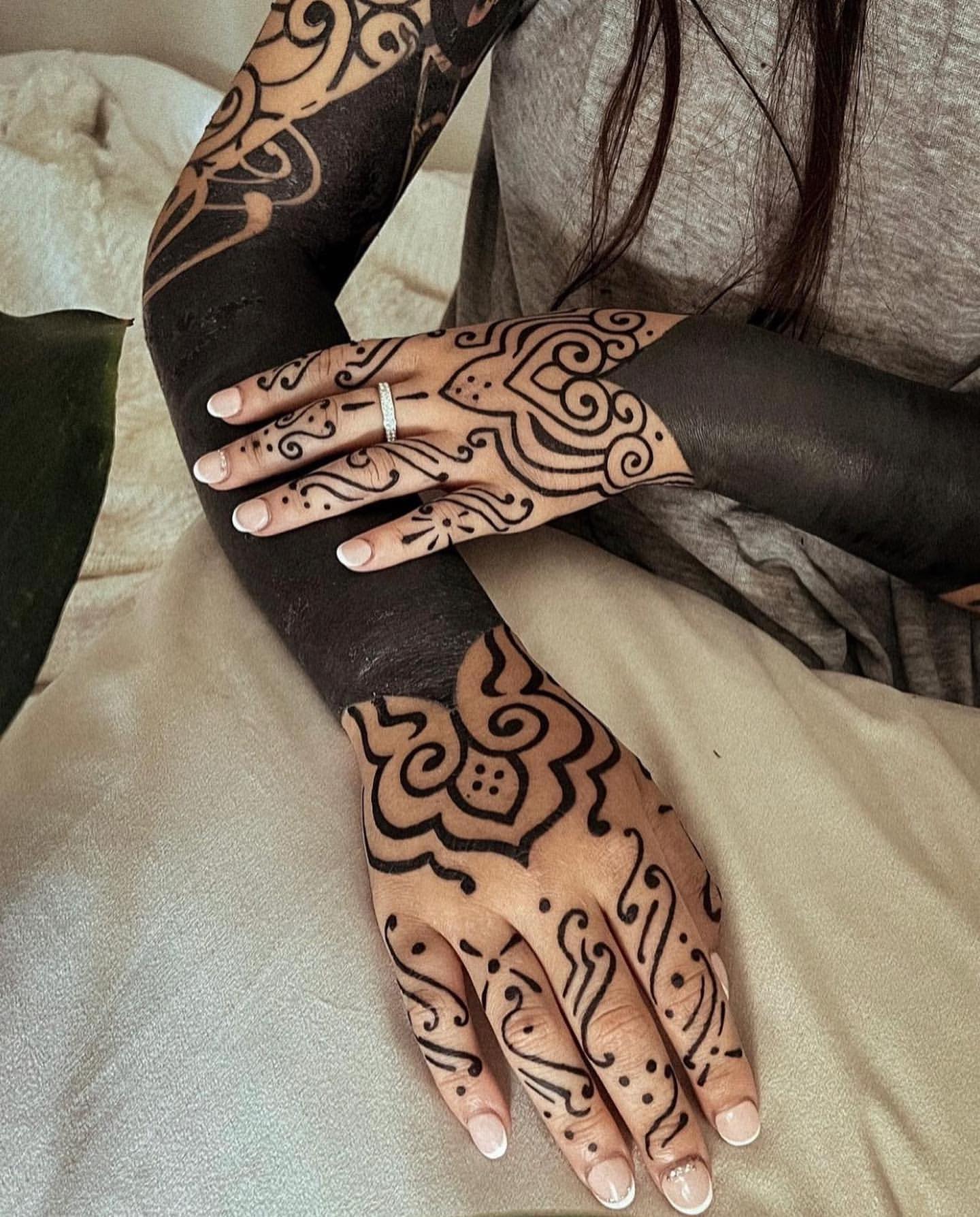
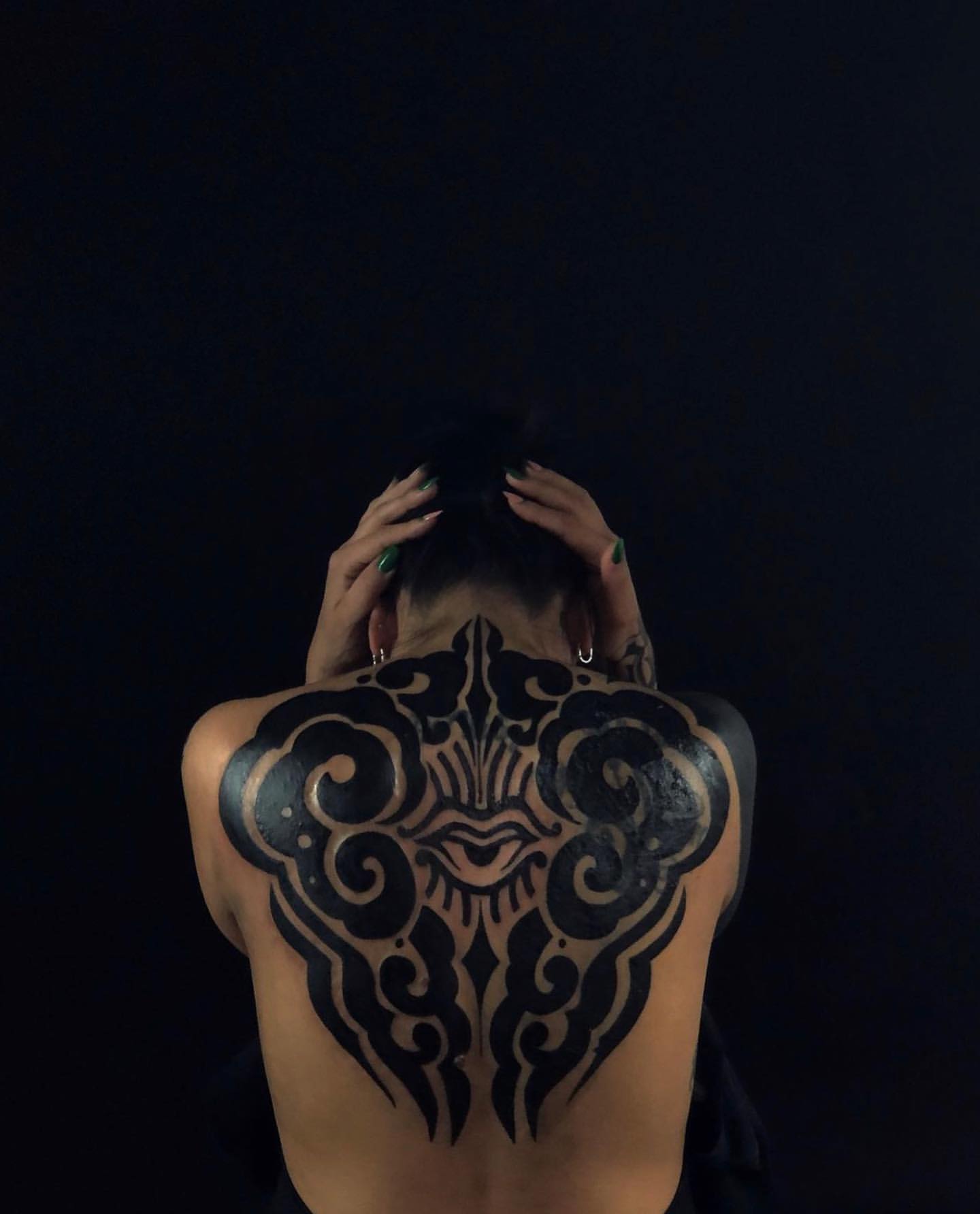
Origins of tribal tattoos
The history of tribal tattoos dates back thousands of years, with evidence of their existence found in ancient civilizations around the world. The exact origins of tribal tattoos are often difficult to pinpoint, as they have been a part of human culture for centuries. However, it is believed that early forms of tribal tattooing started in ancient Egypt, where they were primarily used for religious and spiritual purposes. From there, tribal tattoos spread to different cultures and civilizations, each adding their own unique styles and techniques to the art form.
Cultural significance across different civilizations
Throughout history, tribal tattoos have played a significant role in various cultures and civilizations. They were often used to symbolize important rites of passage or mark individuals as members of a certain group. In some tribes, tattoos were a form of spiritual protection, believed to ward off evil spirits or bring luck and prosperity. Tribal tattooing was also used to showcase a person’s achievements, bravery, or social status within their community. The designs and symbols used in tribal tattoos varied greatly from culture to culture, reflecting the values and beliefs of each society.
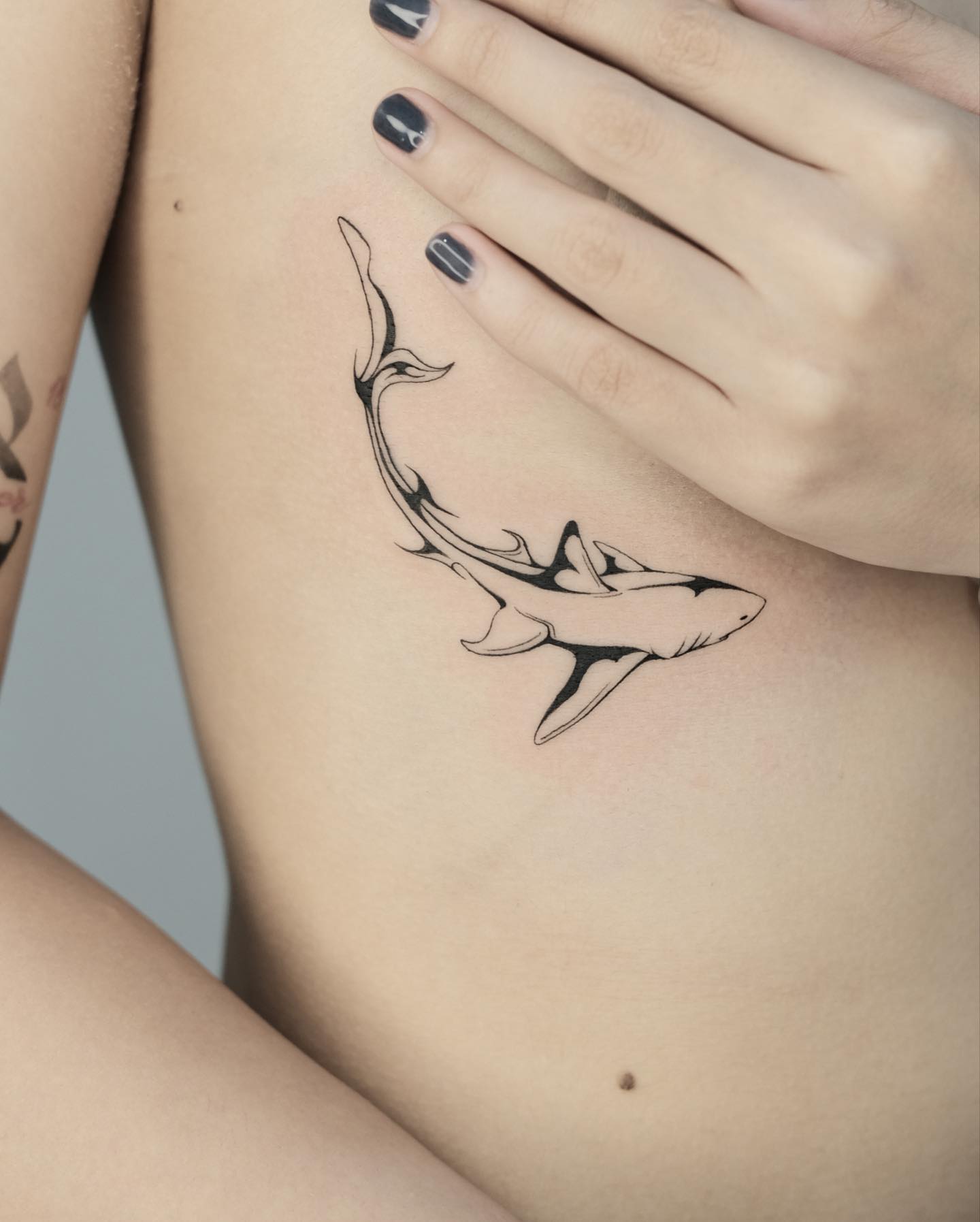
@powxpow_tat2
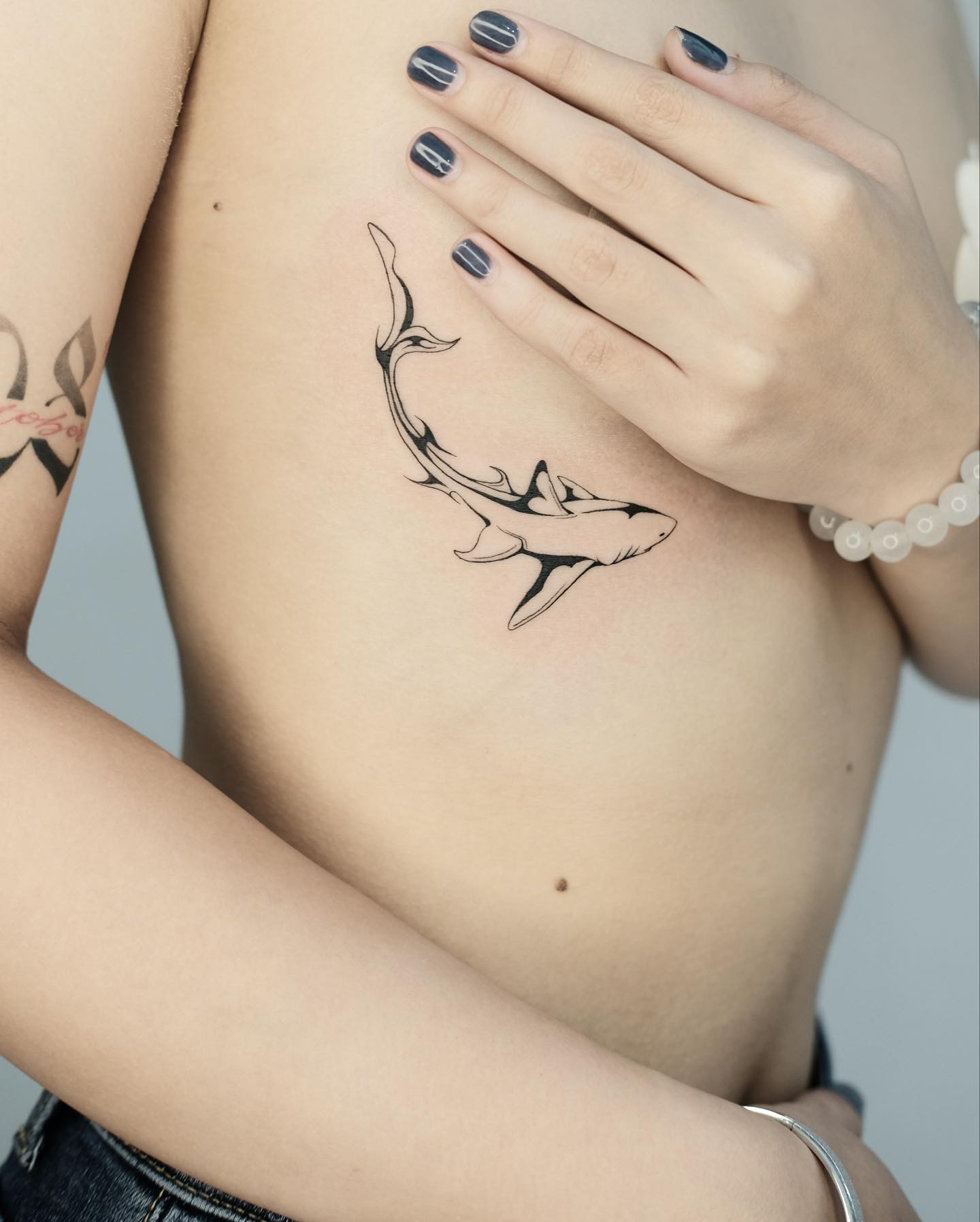

@ziostentattoomachine
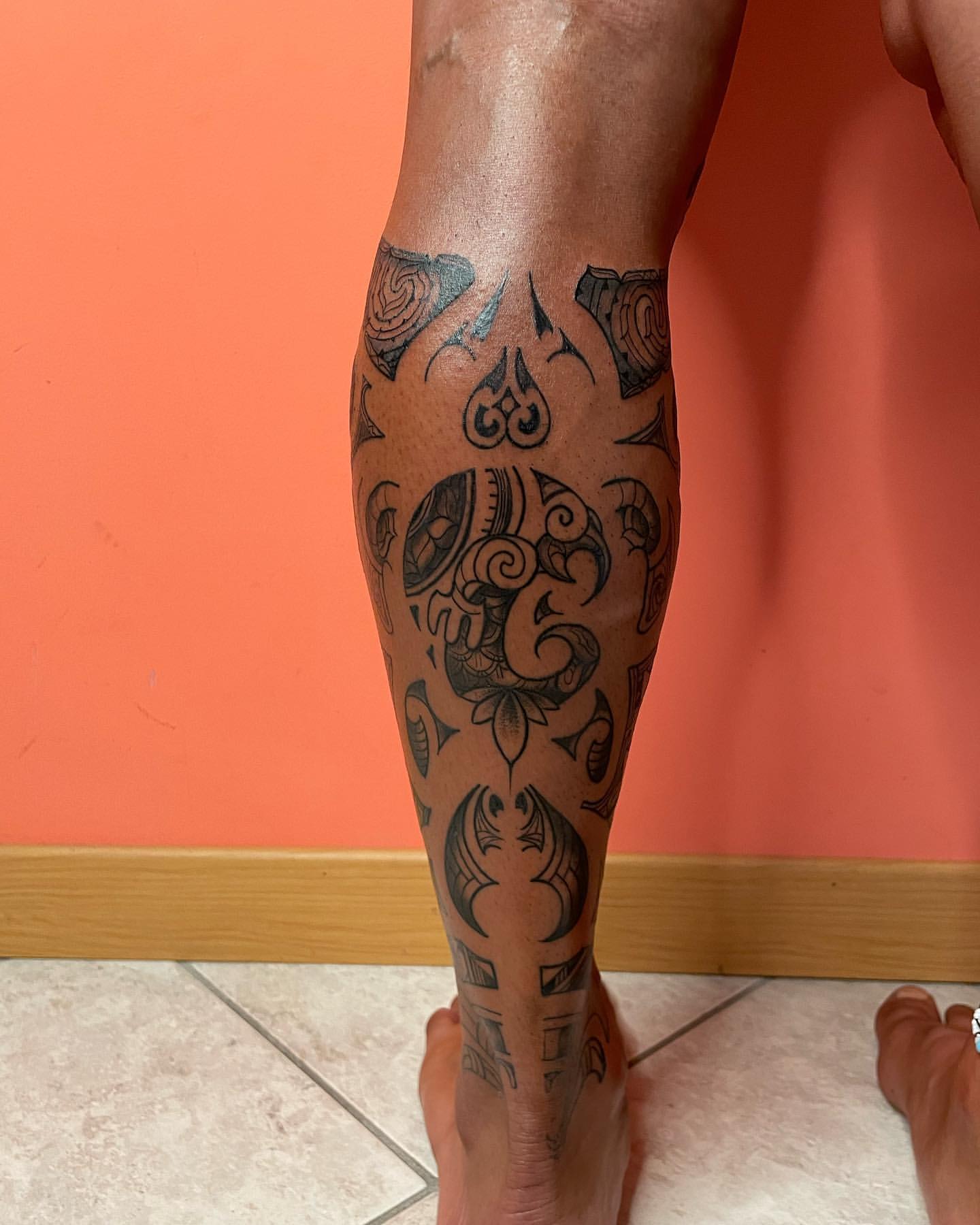
@lagrangetattootreviso
@warrior_tattoo_equipment
@ziostentattoomachine
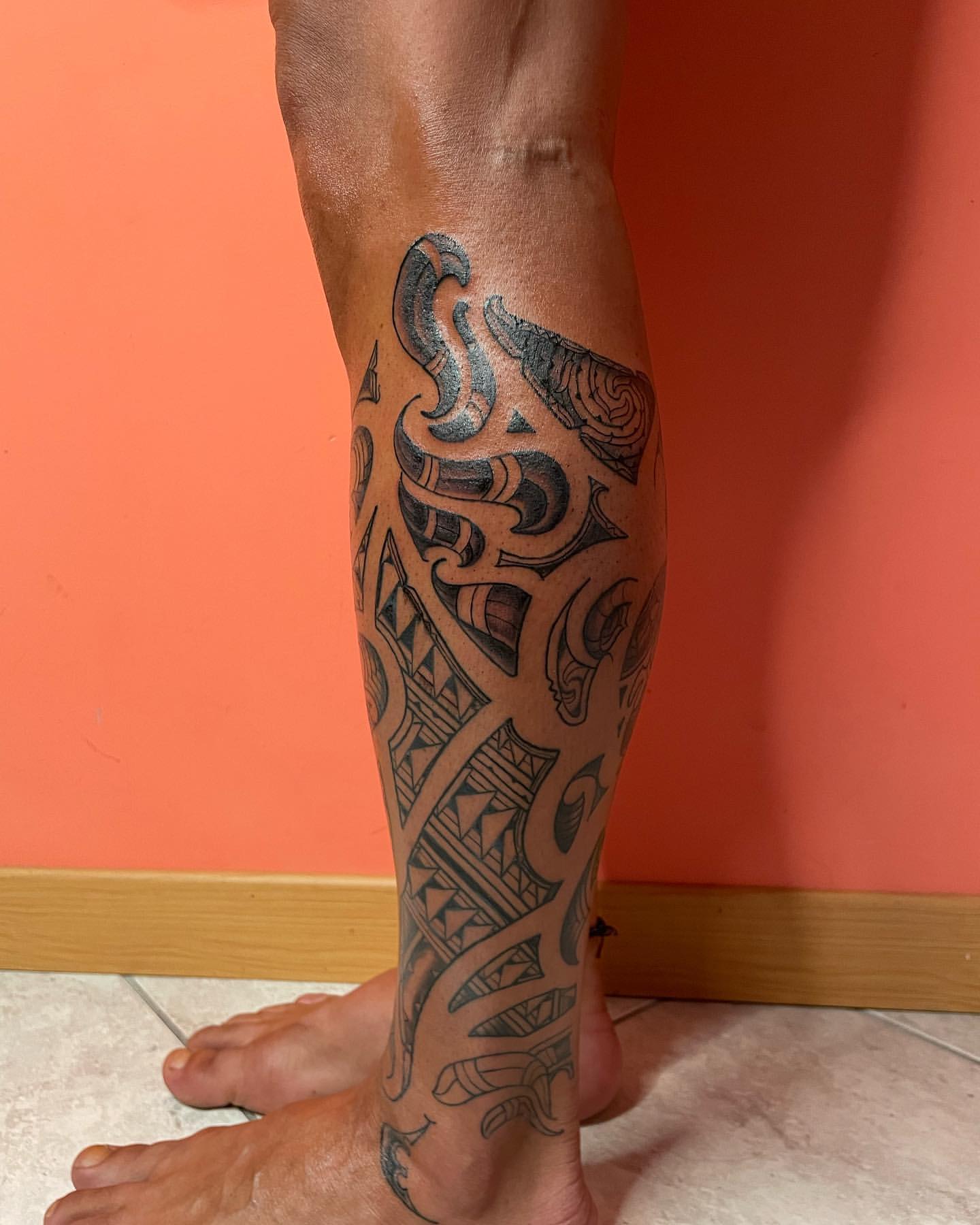
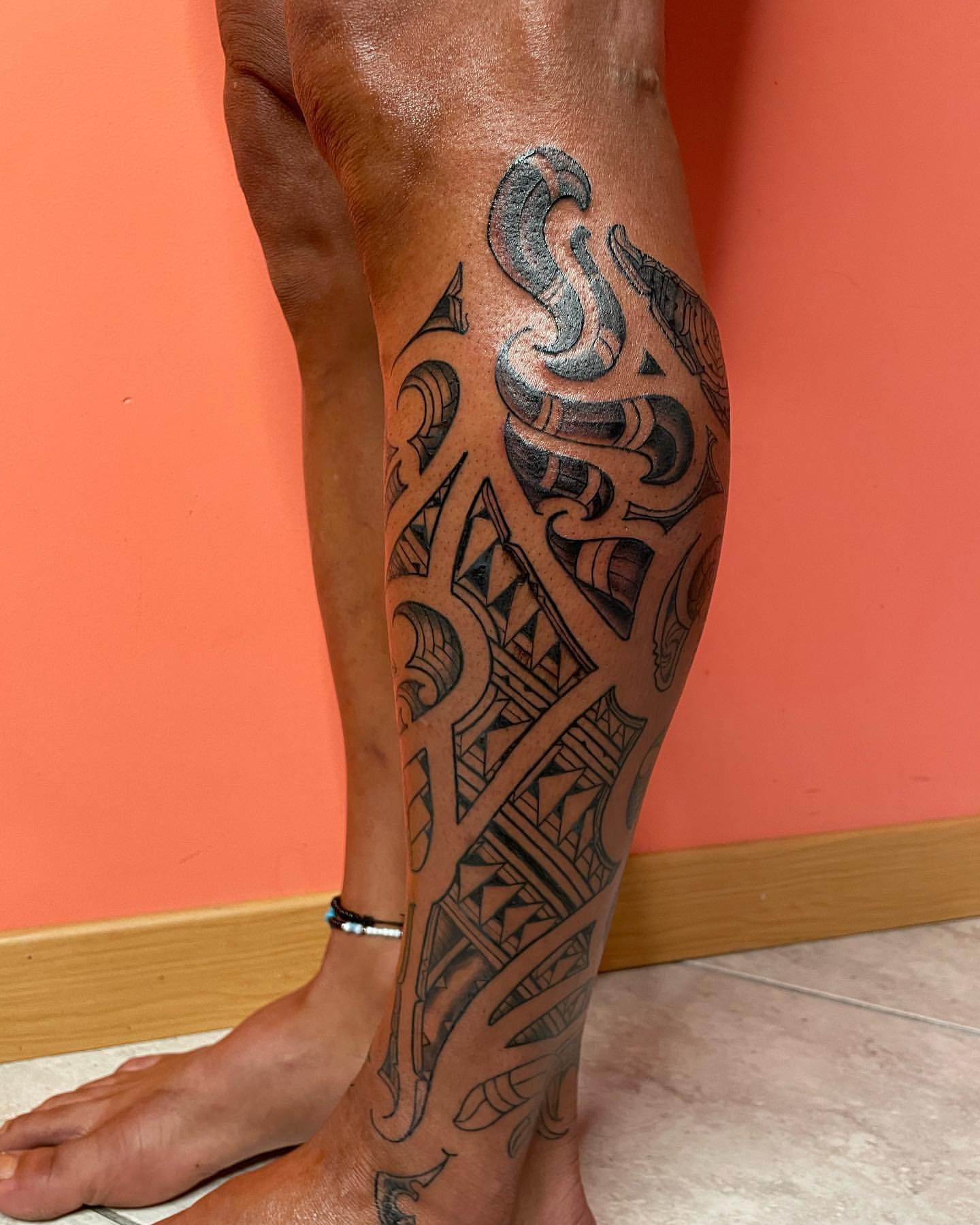
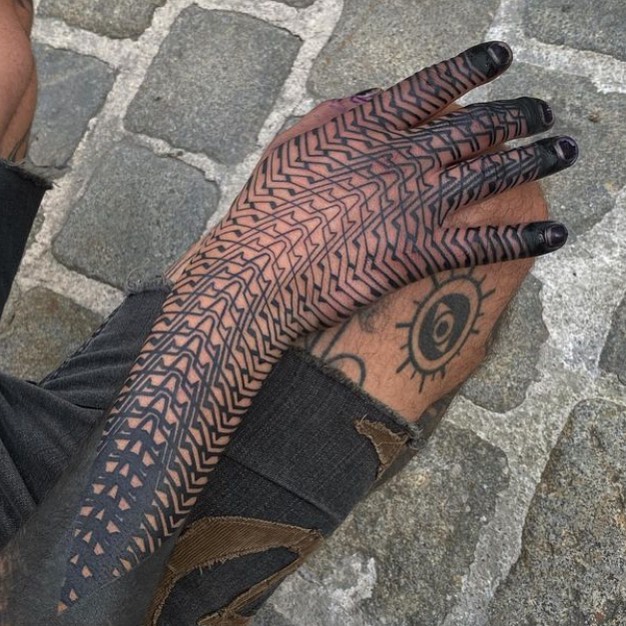
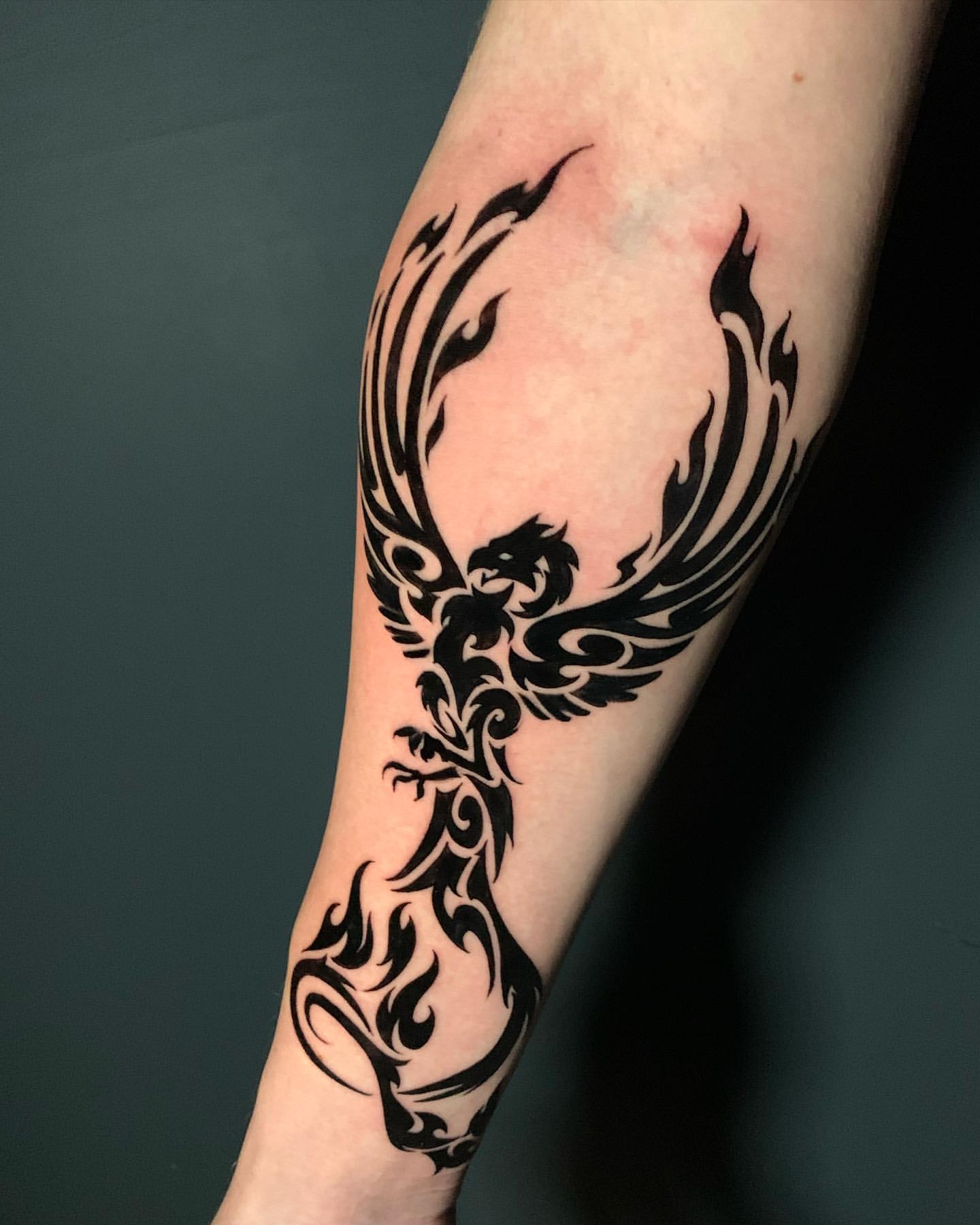
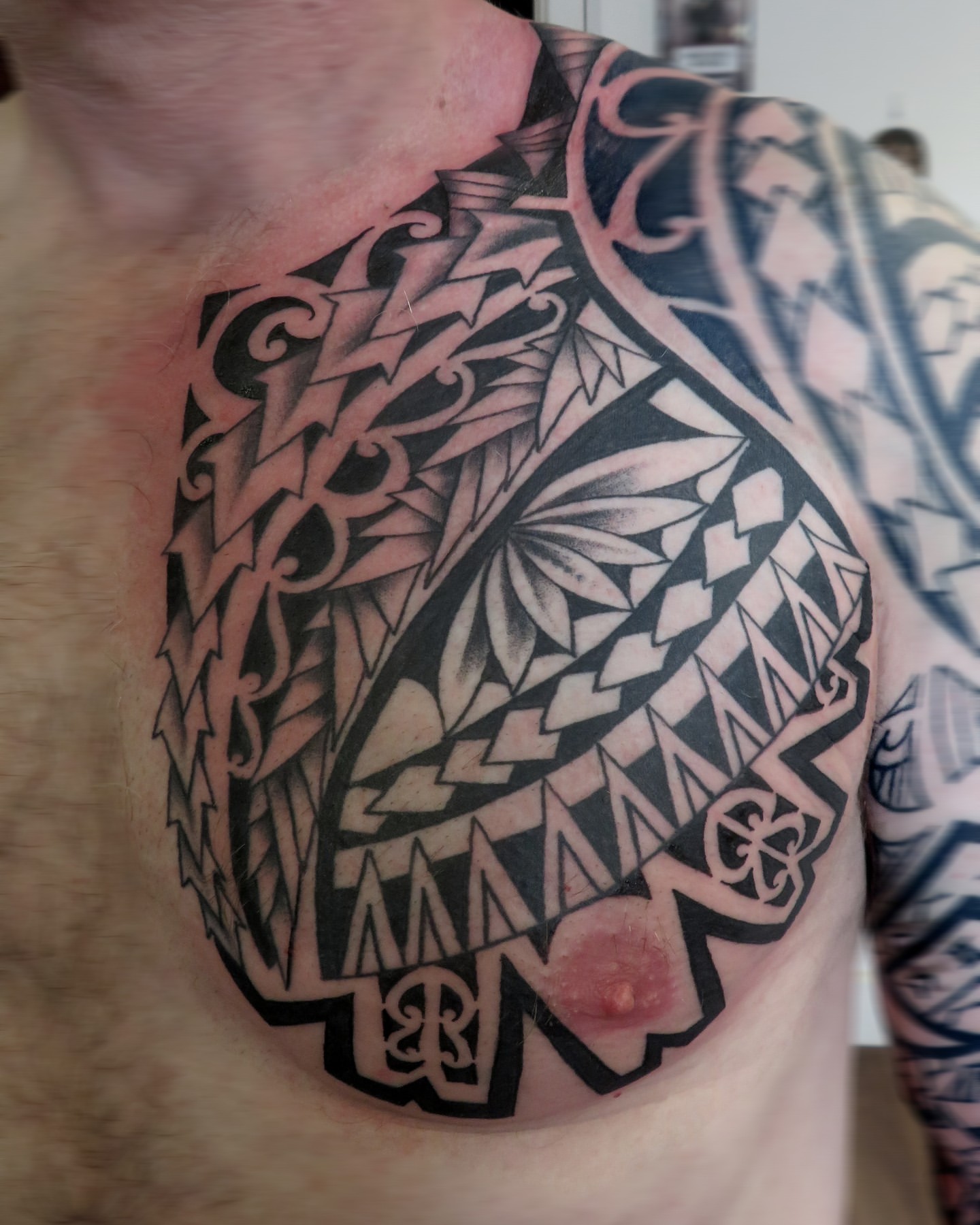
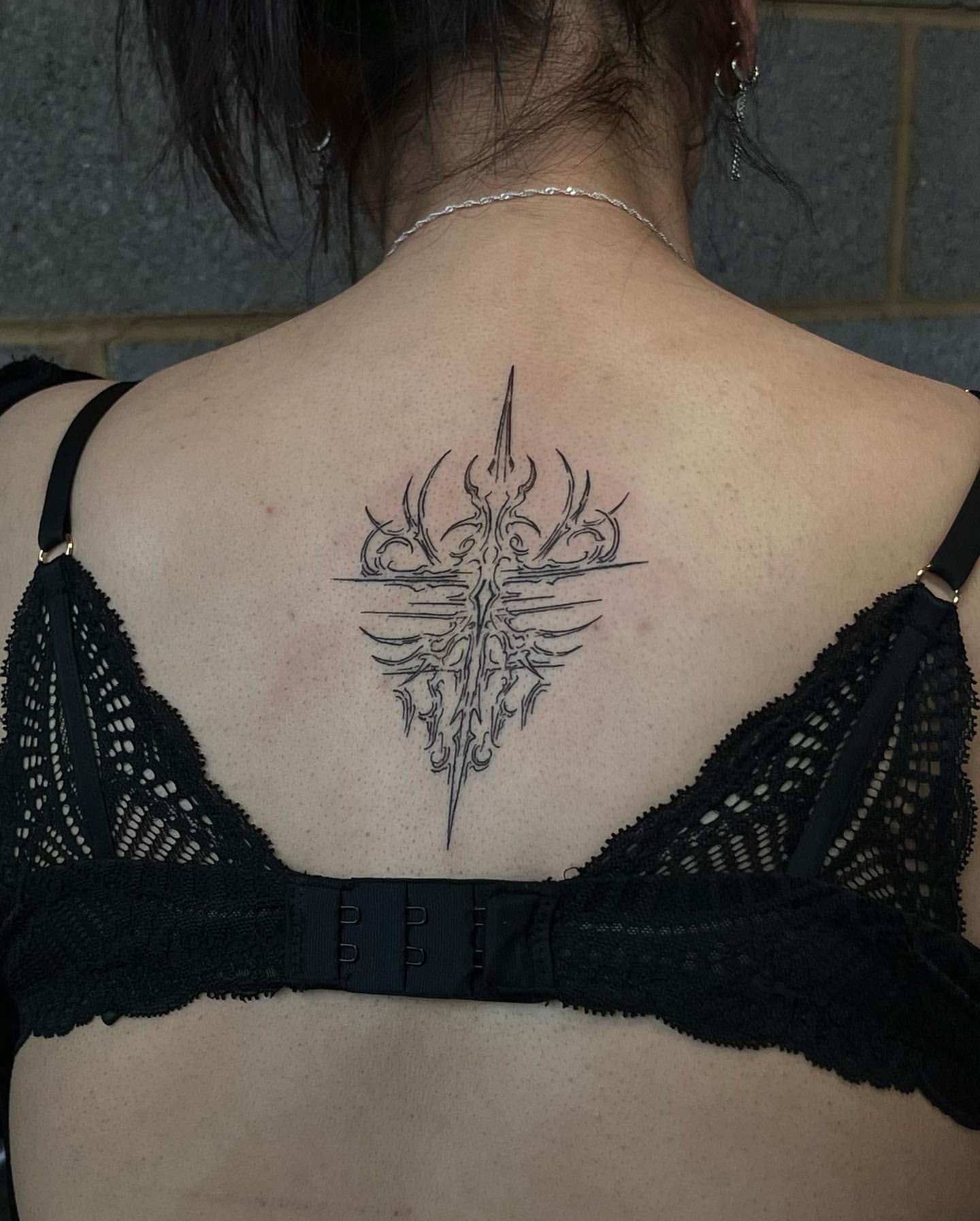
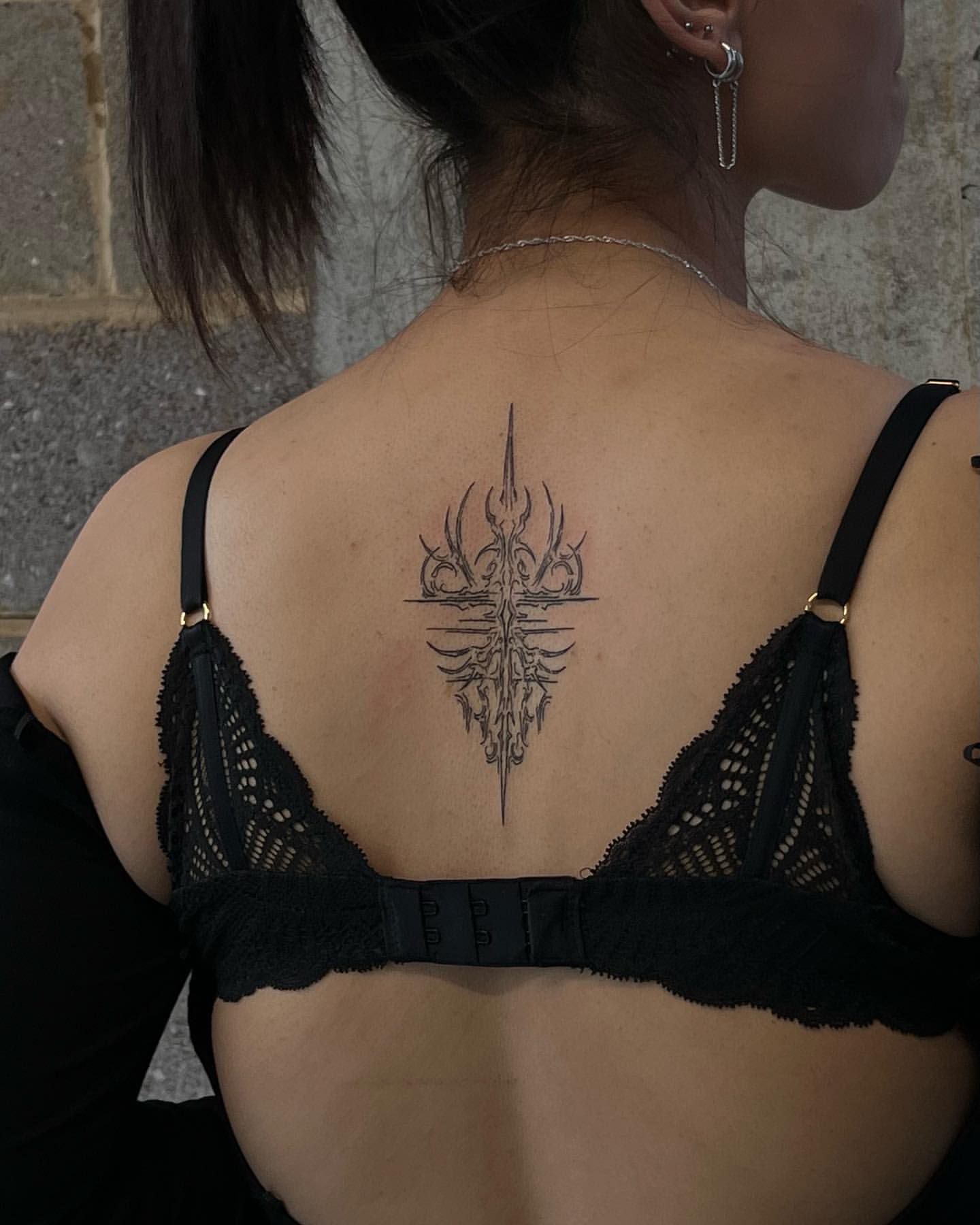
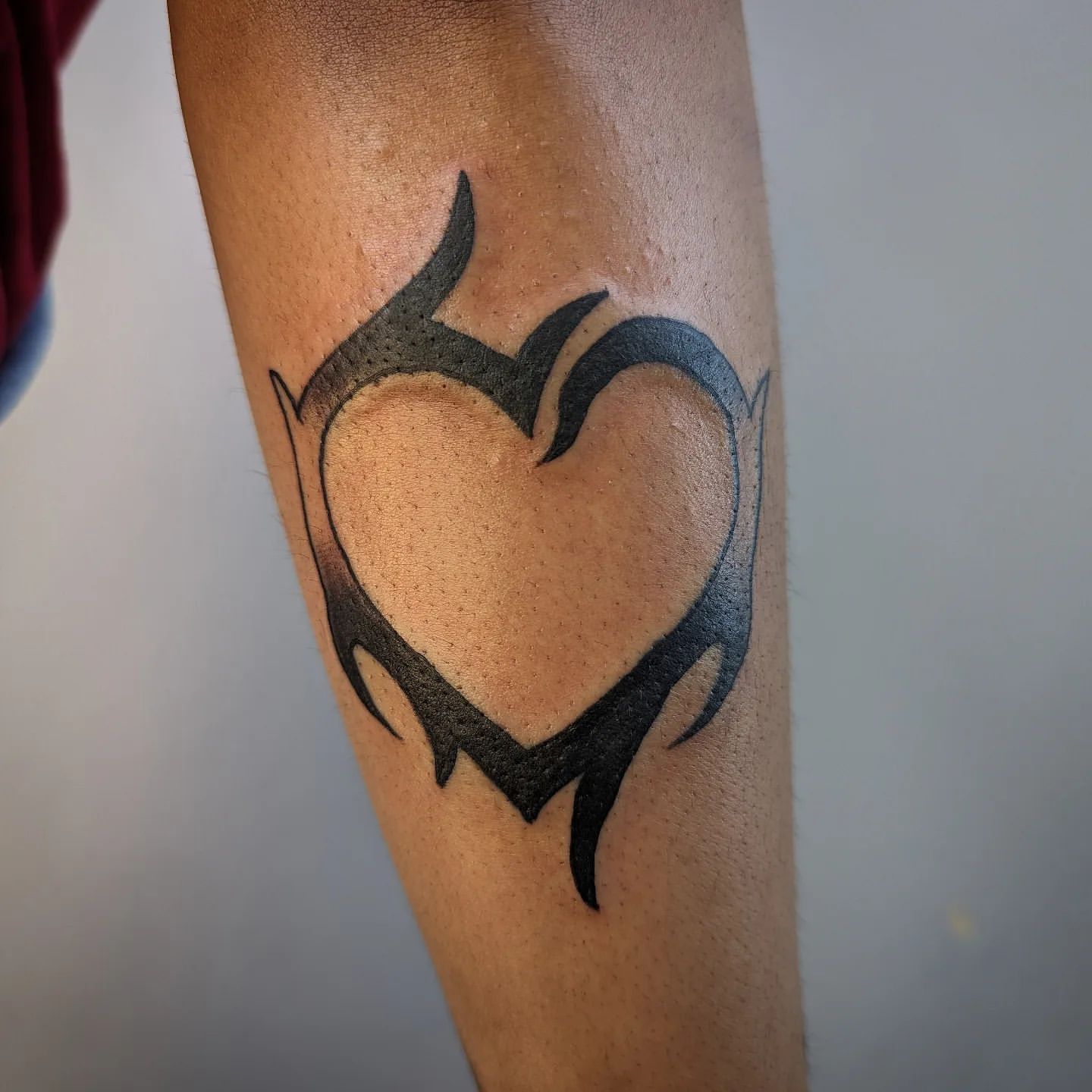

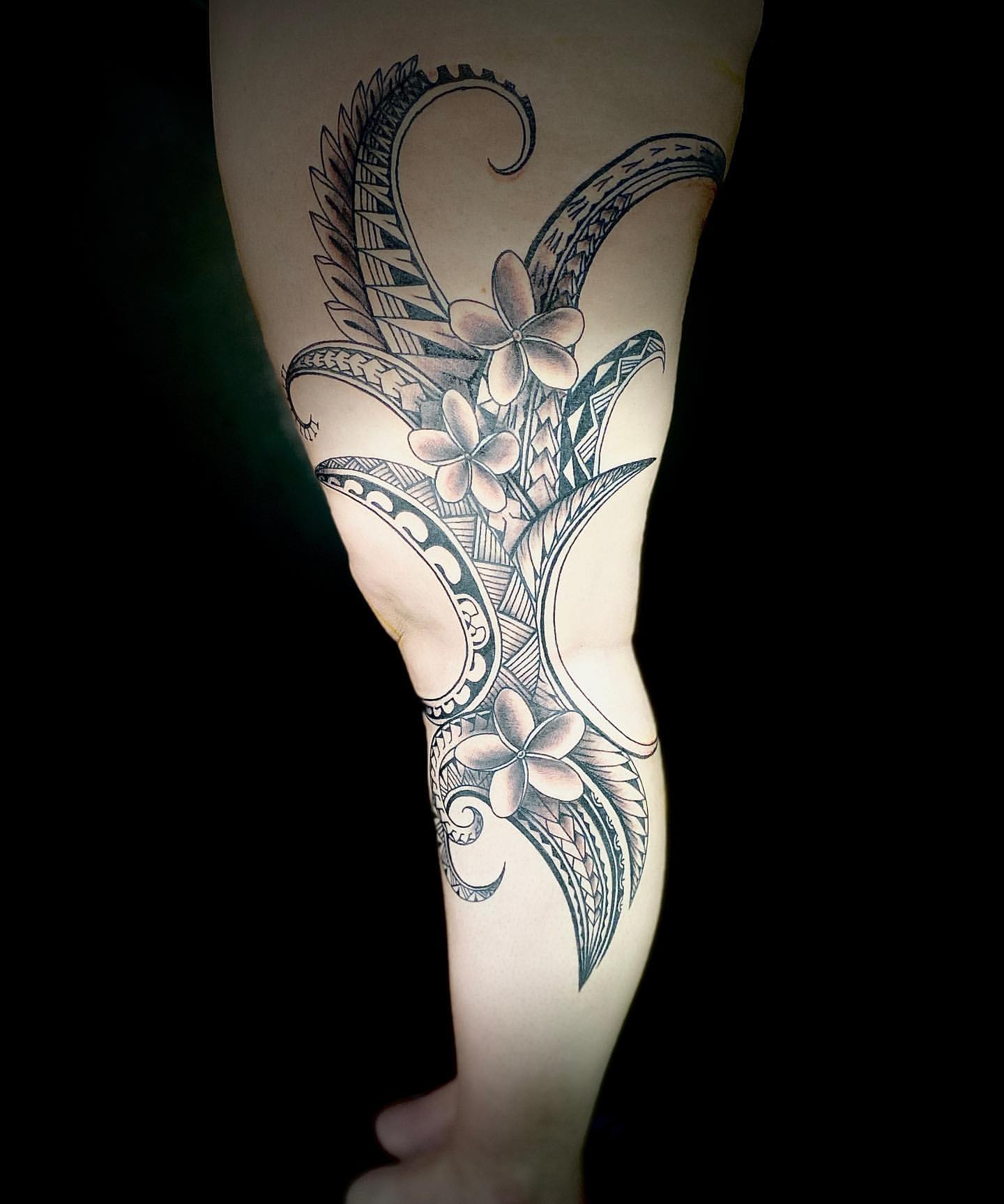
@mannafernandes
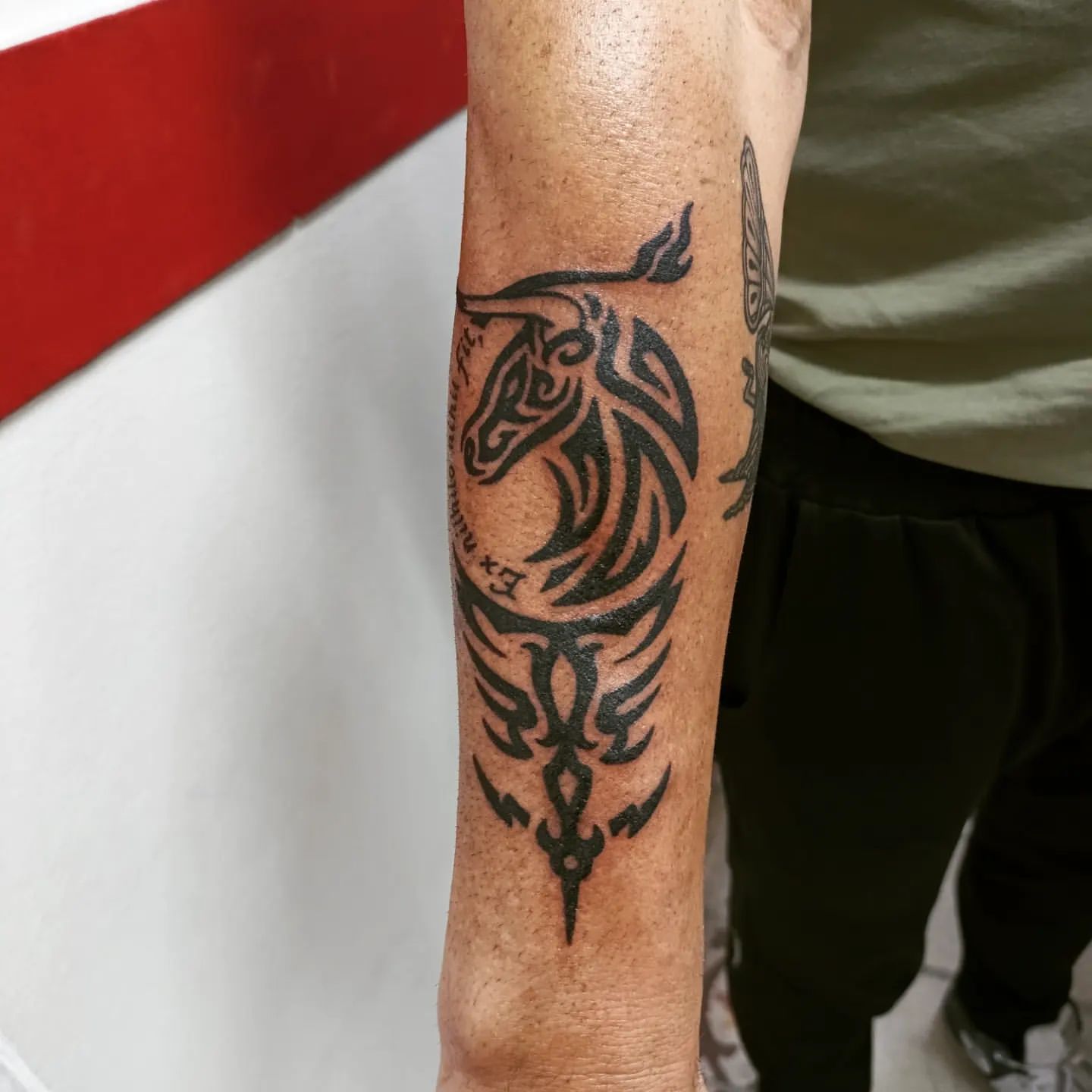
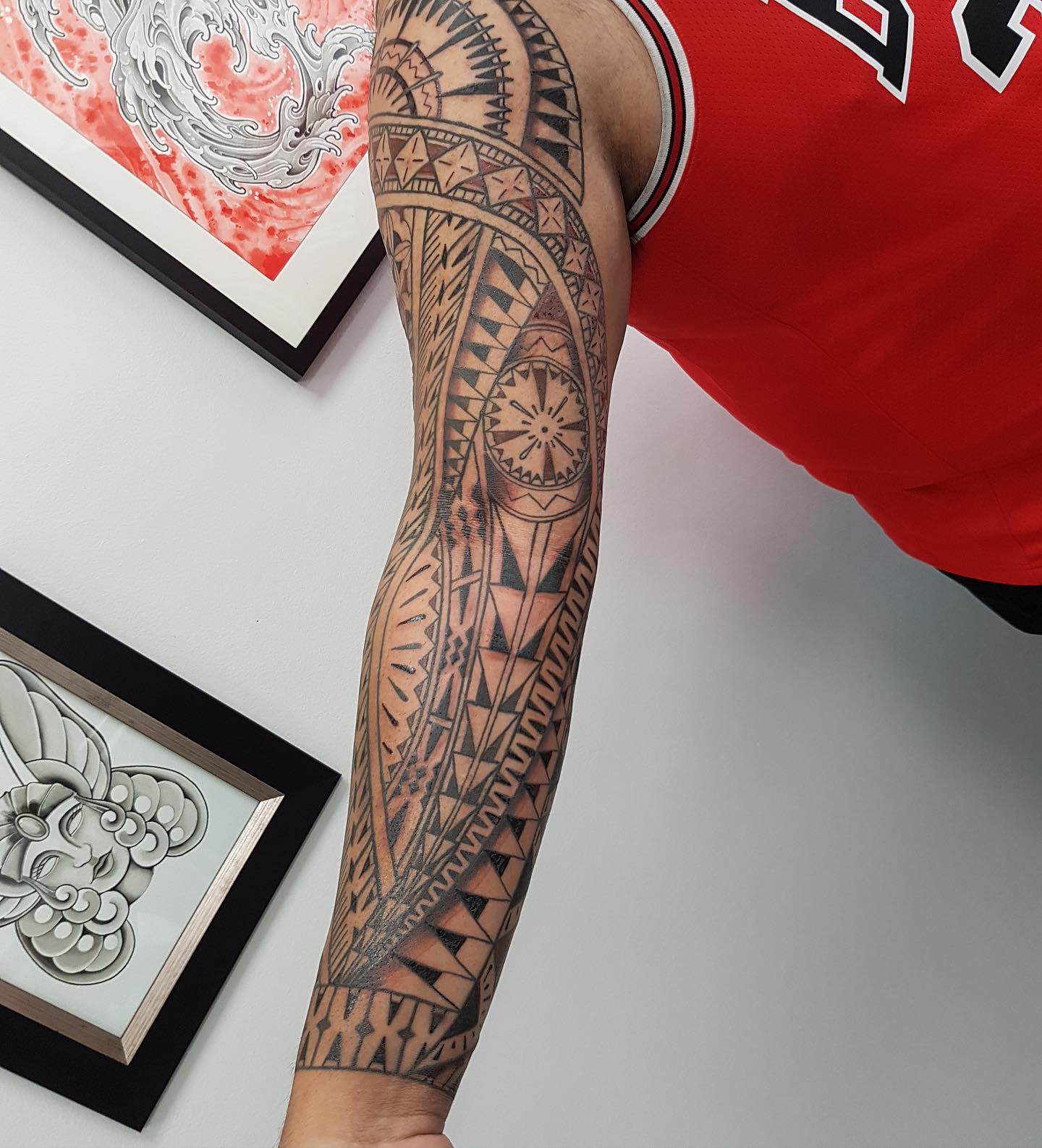
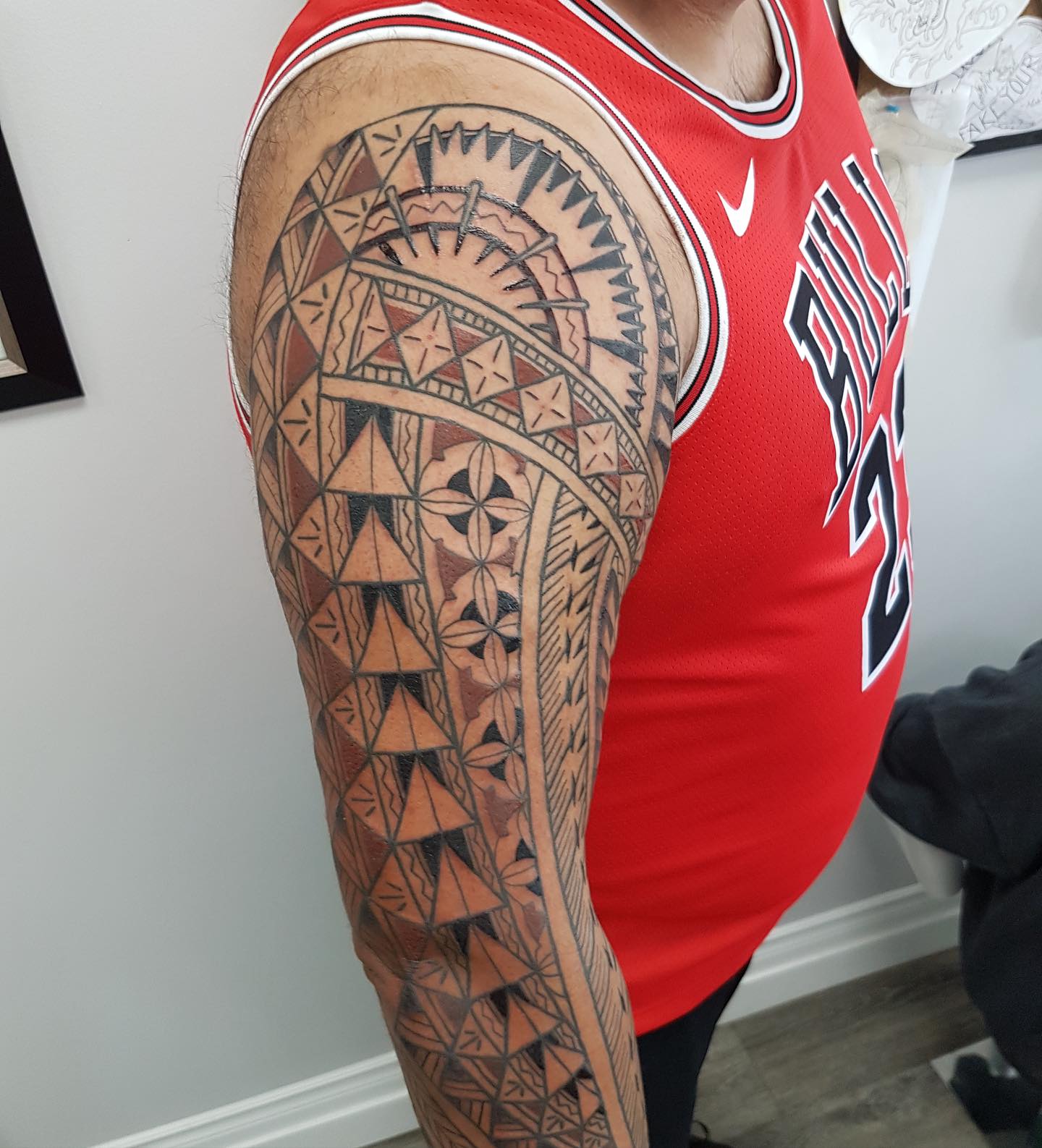
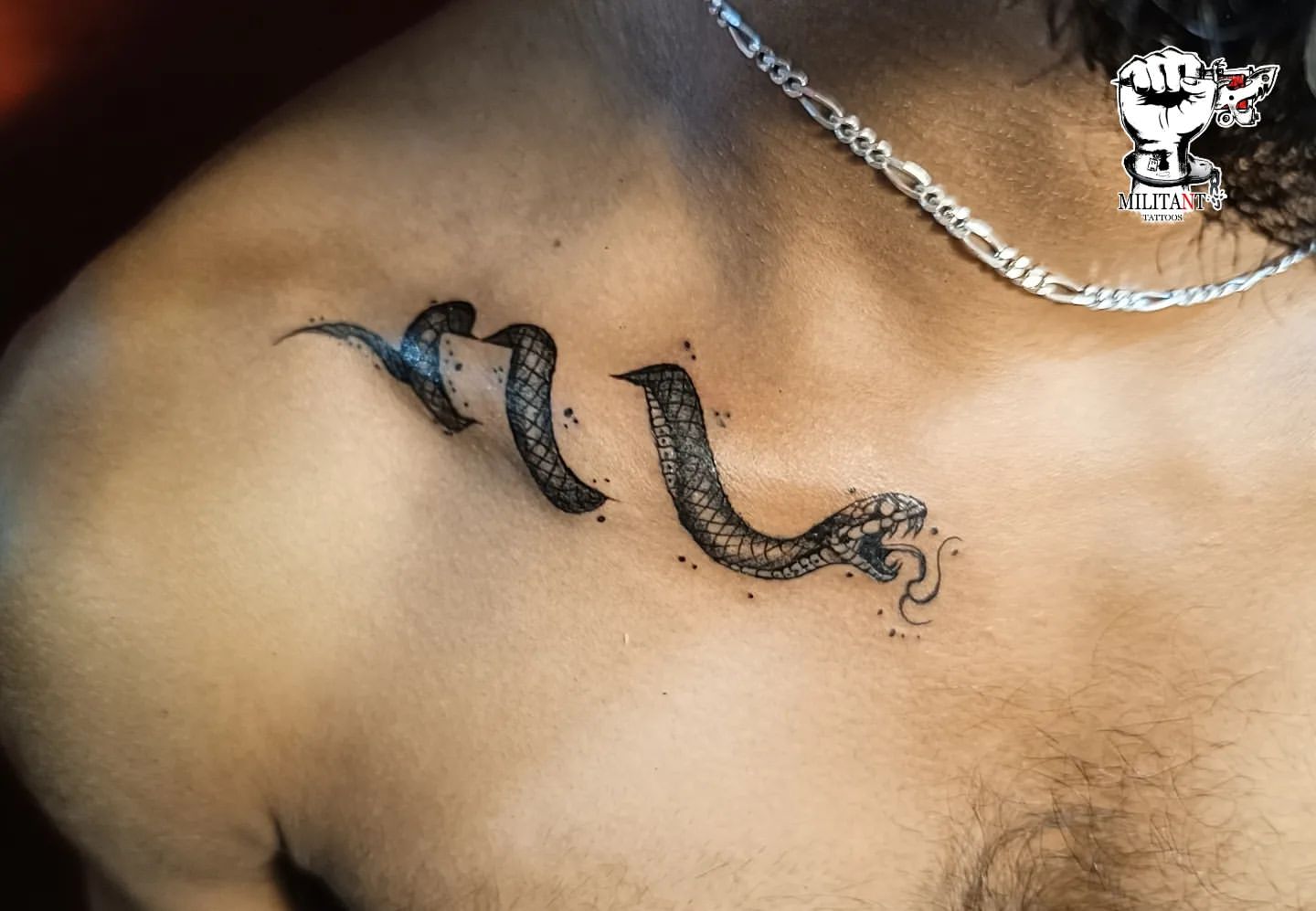
@militant.tattoos
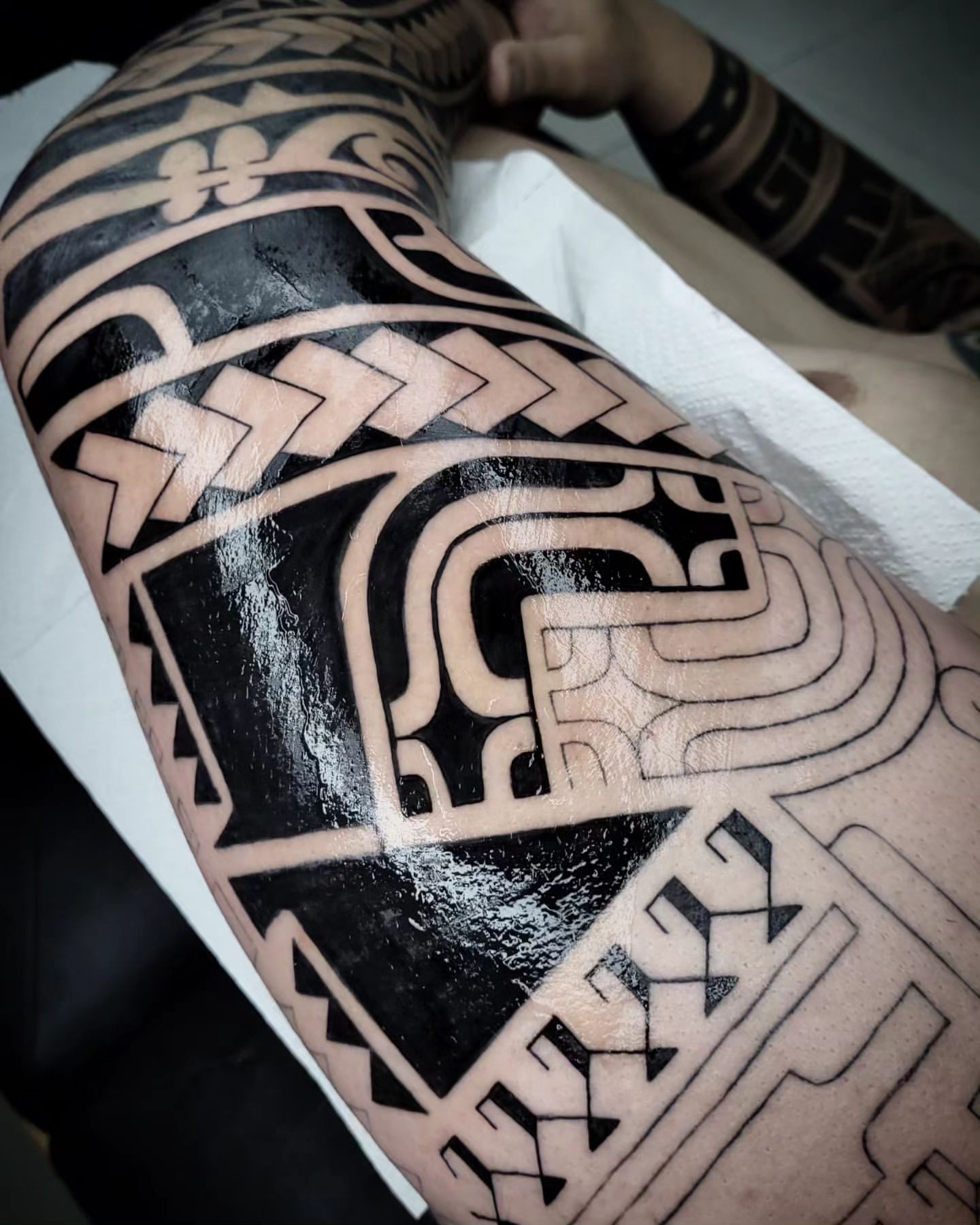
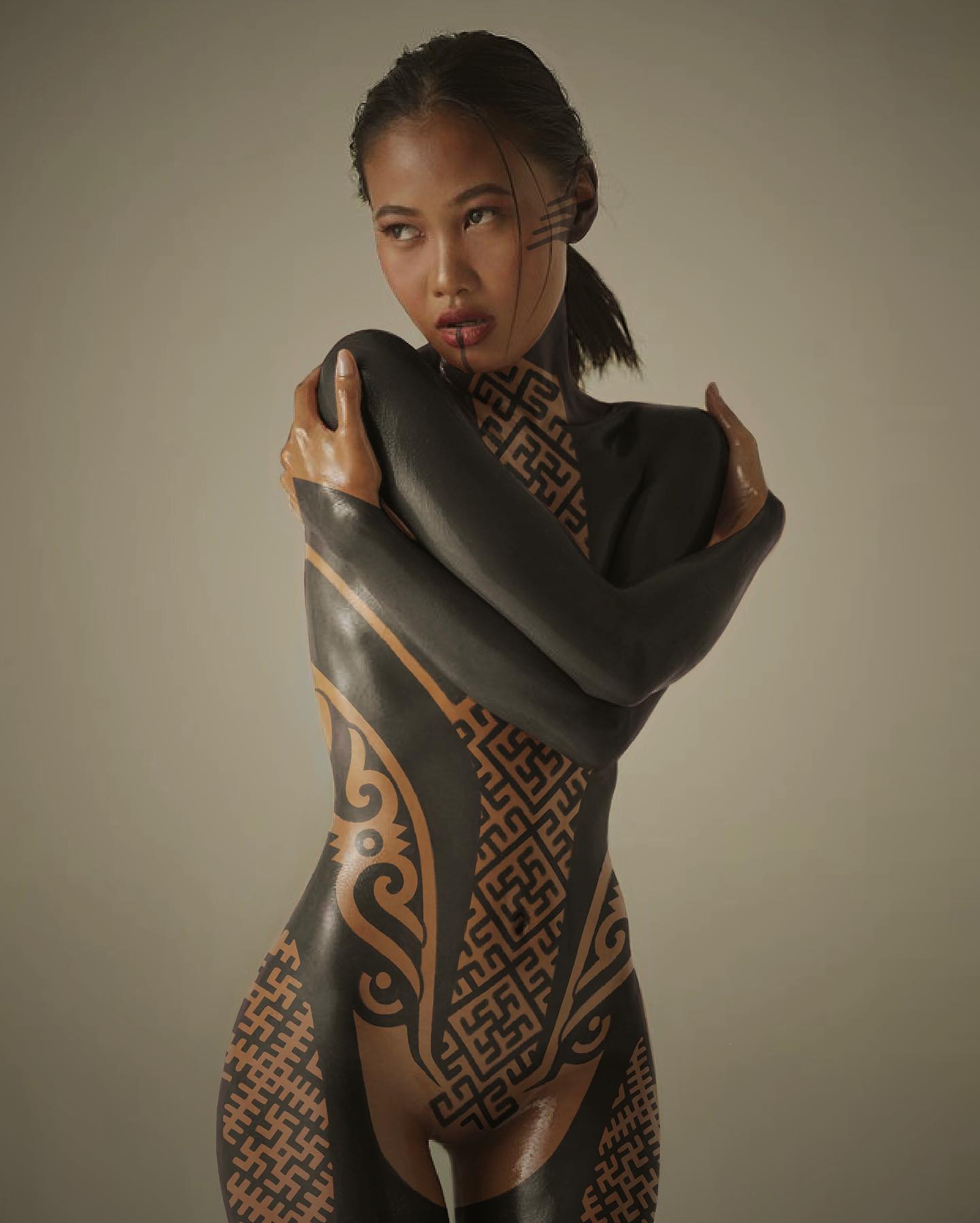
Evolution over time
As civilizations evolved and interacted with one another, tribal tattoo designs began to blend and influence each other. This led to the evolution and fusion of different styles, resulting in a rich diversity of tribal tattoo art. Throughout the years, advancements in tattooing techniques and tools also contributed to the evolution of tribal tattoos. From hand-poked tattoos using bone or wood needles to the modern tattoo machines, the process of tattooing has become more refined and accessible. While traditional tribal tattoos remain popular, modern interpretations and adaptations have also emerged, reflecting the changing times and individual creativity.
Significance of Tribal Tattoos
Traditional meanings
Traditional tribal tattoos held deep meanings within their respective cultures. Each symbol and pattern used in these tattoos represented various aspects of life, such as courage, fertility, protection, or ancestral connections. For example, in Maori culture, the koru symbolizes new beginnings and growth, while the turtle shell pattern in Native American tribal tattoos symbolizes strength and courage. These traditional meanings are still revered and respected by those who choose to wear tribal tattoos today.
Modern interpretations and adaptations
In contemporary times, tribal tattoos have taken on new meanings and interpretations. Rather than solely representing cultural or spiritual practices, they have become a form of personal expression and individual identity. Many people choose tribal tattoo designs simply because they appreciate the aesthetic appeal or resonate with the visual elements. As a result, the significance of tribal tattoos has become more personalized and subjective, with individuals infusing their own meanings into the designs.
Symbolism in different cultures
Tribal tattoos have symbolized different things across various cultures. For instance, Maori tribal tattoos often incorporate intricate patterns that represent a person’s genealogy and connection to their ancestors. Native American tribal tattoos often depict animal symbols to represent traits or characteristics associated with those animals. Hawaiian tribal tattoos often feature oceanic elements to celebrate the island’s connection to nature and its importance in their culture. The Polynesian tribal tattoos, known for their bold and intricate designs, often represent strength, bravery, and power. Additionally, African tribal tattoos are rich in symbolism and often depict animals, masks, or patterns representing spiritual beliefs and cultural heritage.
Tribal Tattoos in Different Cultures
Maori tribal tattoos
Maori tribal tattoos, also known as Moko, hold deep cultural significance for the indigenous Maori people of New Zealand. These tattoos were traditionally carved into the skin using chisels instead of being inked. Maori tribal tattoos feature intricate geometric patterns and curved shapes that symbolize the wearer’s identity, genealogy, social status, and personal history. Each design is unique to the individual and holds immense spiritual and cultural value.
Native American tribal tattoos
Native American tribal tattoos are renowned for their connection to nature and spirituality. These tattoos often incorporate animal symbols such as wolves, bears, or eagles, representing important qualities like strength, wisdom, or courage. Native American tribal tattoos also incorporate elements of their rich cultural heritage, including tribal symbols and patterns inspired by pottery, jewelry, and other forms of indigenous art.
Hawaiian tribal tattoos
Hawaiian tribal tattoos, also known as Kakau, have a deep-rooted connection to the island’s natural surroundings and cultural traditions. These tattoos often feature intricate designs inspired by the ocean, waves, turtles, and fish. Hawaiian tribal tattoos symbolize bravery, protection, and a strong bond with nature. They were historically seen as a rite of passage and a way to commemorate important life events.
The Polynesian tribal tattoos
Polynesian tribal tattoos are characterized by bold geometric patterns and repetitive shapes. These tattoos originated in the Polynesian islands, including Samoa, Tahiti, and Fiji. The designs often incorporate symbols and motifs that represent strength, family, and power. Polynesian tribal tattoos are traditionally large and cover extensive areas of the body, such as the chest, arms, and legs.
African tribal tattoos
African tribal tattoos are diverse and vary greatly depending on the region and tribe. They often include symbols of animals, masks, or patterns that represent spiritual beliefs, cultural heritage, and social status within the tribe. African tribal tattoos can be found across the continent, with each tribe having its own unique designs and meanings associated with them.
Design Elements in Tribal Tattoos
Common shapes and patterns
Tribal tattoos are renowned for their bold and intricate designs, often characterized by the use of geometric shapes and patterns. Common shapes used in tribal tattoos include triangles, spirals, and diamonds. These shapes are combined and repeated to create symmetrical and visually striking designs.
Use of symmetry
Symmetry is a prominent element in tribal tattoos, emphasizing balance and harmony in the design. Symmetrical tribal tattoos are visually appealing and often represent a sense of completeness and order. The repetition of patterns on both sides of the body enhances the overall aesthetic appeal and adds a sense of unity to the tattoo.
Representation of natural elements
Nature plays a significant role in tribal tattoo designs. Many tribal tattoos incorporate symbols of animals, plants, or natural elements to connect the wearer to the environment and their cultural heritage. Animals like eagles or wolves symbolize strength and wisdom, while plants like flowers or leaves may represent growth and renewal.
Color usage in tribal tattoos
Traditional tribal tattoos were often done in black ink, emphasizing the boldness and contrast of the design. However, modern interpretations of tribal tattoos have expanded to include a wider color palette. Vibrant colors such as red, blue, and green can be used to enhance the visual impact of tribal tattoos or to add personal meaning to the design.
Popular Types of Tribal Tattoos
Samoan tattoos
Samoan tattoos, also known as pe’a, are some of the most famous and distinctive tribal tattoos in the world. These tattoos cover a large portion of the body, from the waist to the knees, and are traditionally hand-tapped into the skin using bone or metal tools. Samoan tattoos are characterized by dense black inkwork and intricate patterns that reflect the wearer’s identity, social status, and achievements within their community.
Celtic tattoos
Celtic tribal tattoos originated in ancient Celtic cultures, which spanned across Ireland, Scotland, and parts of Europe. These tattoos feature intricate knotwork and interlaced patterns that symbolize eternity, interconnectedness, and the cycle of life. Celtic tribal tattoos often incorporate symbols such as crosses, animals, or mythical creatures like dragons and intertwine them within the complex designs.
Aztec tattoos
Aztec tribal tattoos draw inspiration from the ancient Aztec civilization, which flourished in Mexico before the arrival of the Spanish conquistadors. These tattoos often feature intricate geometric patterns, animal symbols, and representations of Aztec gods and deities. Aztec tribal tattoos were historically used to honor warriors, mark important life events, and connect individuals to their ancestral heritage.
Iban tattoos
Iban tattoos, also known as Borneo tattoos, are traditional tattoos originating from the indigenous Iban people of Borneo. These tattoos are heavily inspired by nature and are often composed of intricate patterns featuring animals, plants, and mythical creatures. Iban tattoos have deep cultural and spiritual significance, symbolizing protection, strength, and the wearer’s connection to their ancestors.
Haida tattoos
Haida tribal tattoos originate from the indigenous Haida people of the Pacific Northwest coast of North America. These tattoos incorporate bold designs and symbols such as animals, totems, and mythical creatures like the Raven or the Killer Whale. Haida tattoos are deeply rooted in the culture and spirituality of the Haida people, representing family lineage, social status, and personal achievements.
Placement of Tribal Tattoos
Common body parts for tribal tattoos
Tribal tattoos can be found on various body parts depending on personal preferences and cultural traditions. Some common body parts for tribal tattoos include the arms, shoulders, chest, back, and legs. These areas offer ample space for larger and more intricate designs, allowing tribal tattoos to be displayed prominently.
Significance of tattoo placement
In some cultures, the placement of tribal tattoos holds significant meaning. For example, certain designs may be reserved for specific genders or social rankings within a community. Placement can also be influenced by cultural beliefs, such as tattooing the face or neck to symbolize courage or spirituality. In modern times, individuals have more freedom to choose tattoo placements based on personal aesthetics or meaningful associations with specific body parts.
Unusual placements for tribal tattoos
While tribal tattoos are commonly seen on traditional areas such as the arms or back, some individuals choose to get tattoos in less conventional places. Unusual placements for tribal tattoos can include fingers, wrists, ankles, or even the scalp. These unique placements can add an element of surprise and individuality to the overall tattoo design.
The Tattooing Process for Tribal Tattoos
Traditional tattooing methods
Traditional tribal tattoos were often created using manual techniques and tools specific to each culture. For example, in the Maori culture, the Moko tattoos were traditionally carved into the skin using chisels, while Samoan tattoos were hand-tapped into the skin using bone or metal tools. These traditional methods required immense skill and precision, and the tattooing process itself was seen as a sacred ritual.
Modern tattooing techniques
With the advancement of technology, modern tattooing techniques have revolutionized the way tribal tattoos are created. Today, electric tattoo machines are commonly used, which allow for greater control and efficiency in the tattooing process. Artists use sterilized needles to inject ink into the skin, resulting in cleaner lines and faster tattooing sessions. Modern techniques have also opened up possibilities for more intricate details and a wider range of color options.
Aftercare and healing process
After getting a tribal tattoo, proper aftercare is crucial for ensuring proper healing and long-term preservation of the tattoo’s quality. Artists typically provide specific instructions for aftercare, which may involve cleaning the tattoo with mild soap, applying a thin layer of ointment, and avoiding exposure to direct sunlight or soaking in water for a certain period. Following these instructions helps prevent infection, minimize scabbing, and ensure the tattoo heals as intended.
Recognition and Acceptance of Tribal Tattoos
Current social attitudes towards tribal tattoos
The social attitudes towards tribal tattoos have evolved over time. While tribal tattoos were once associated with certain subcultures or marginalized groups, they have gained mainstream acceptance and popularity in recent years. Some individuals choose tribal tattoos as a way to express their connection to a specific culture, celebrate their heritage, or simply appreciate the artistic beauty of these designs. Tribal tattoos are now widely recognized as a valid form of self-expression and personal style.
Tribal tattoos in pop culture and media
Tribal tattoos have penetrated popular culture and media in various forms. They are often depicted in movies, TV shows, and advertisements, especially when portraying characters with a sense of adventure, strength, or rebellion. Many celebrities and athletes also proudly display tribal tattoos, further influencing their popularity and integration into mainstream society.
Tribal tattoos in the professional world
The acceptance of tribal tattoos in the professional world varies depending on the industry and workplace. While some professions may have strict dress code policies that prohibit visible tattoos, many industries have become more accepting of tattoos as a form of self-expression. Some individuals may choose to strategically place their tribal tattoos in areas that can be easily covered by clothing, allowing them to maintain a professional appearance while still expressing their personal style through body art.
Controversies and Issues around Tribal Tattoos
Cultural appropriation controversies
One of the main controversies surrounding tribal tattoos is cultural appropriation. Cultural appropriation refers to the adoption of elements from another culture without proper understanding, respect, or permission. When tribal tattoos are worn by individuals who do not have a genuine connection to the culture they originated from, it can be seen as disrespectful and undermining to the cultural significance of these tattoos. It is essential to approach tribal tattoos with cultural sensitivity and awareness.
Health risks and safety concerns
Like any other tattoo, there are potential health risks and safety concerns associated with getting a tribal tattoo. Improper sterilization of equipment or unhygienic practices can lead to infections or the transmission of bloodborne diseases. It is crucial to choose a reputable tattoo artist and studio that follows strict sanitation protocols and prioritizes customer safety. Before getting a tribal tattoo, it is recommended to research the artist’s portfolio, read reviews, and ensure they have proper certifications.
Legal issues related to tribal tattoos
In some cases, there may be legal issues surrounding tribal tattoos, particularly when it comes to intellectual property rights and unauthorized use of symbols or patterns. Certain tribal designs may be protected under copyright laws or considered sacred within a particular culture. It is important to respect the cultural and legal considerations associated with tribal tattoos and seek permission or appropriate licenses when using specific designs.
Future Trends in Tribal Tattoos
Influence of technology on tribal tattoo designs
As technology continues to advance, it is likely to have a significant impact on the future of tribal tattoo designs. Advancements in tattoo machines, pigments, and techniques will offer artists more possibilities for intricate details, vibrant colors, and precise linework. Additionally, digital tools and 3D printing may revolutionize the design process, allowing artists to create intricate and customized tribal designs that perfectly fit the contours of the body.
Emerging trends in style and placement
Trends in tattoo styles and placement are constantly evolving, and the same applies to tribal tattoos. While traditional tribal tattoo designs will always hold their appeal, there is a growing trend towards fusion and experimentation. Artists are increasingly combining tribal elements with other tattoo styles, such as realism or watercolor, to create unique and personalized designs. Similarly, unconventional placements, such as inside the ear or on the palms, are becoming more popular as individuals seek to push the boundaries of traditional tattoo placements.
Influence of social media on tribal tattoos
Social media platforms have had a profound impact on the tattoo industry, including tribal tattoos. Artists and enthusiasts can easily share their work, inspire others, and connect with a global community of tattoo enthusiasts. This accessible platform allows tribal tattoo designs and their cultural significance to reach a broader audience, encouraging dialogue and understanding. However, it also raises concerns about cultural appropriation and the need for responsible discussion and education surrounding tribal tattoos.
In conclusion, tribal tattoos have a rich history and cultural significance that spans across various civilizations. From their origins in ancient Egypt to their diverse representations in different cultures, tribal tattoos continue to evolve and adapt. The design elements, symbolism, and placement of tribal tattoos have evolved over time, reflecting changing social attitudes and individual preferences. While controversies and legal issues exist, proper understanding and respect can help navigate these concerns. The future of tribal tattoos will be influenced by advancements in technology, emerging trends, and the continued dialogue facilitated by social media. As tribal tattoos remain a powerful form of self-expression, it is essential to appreciate and preserve their cultural significance while embracing personal creativity.
